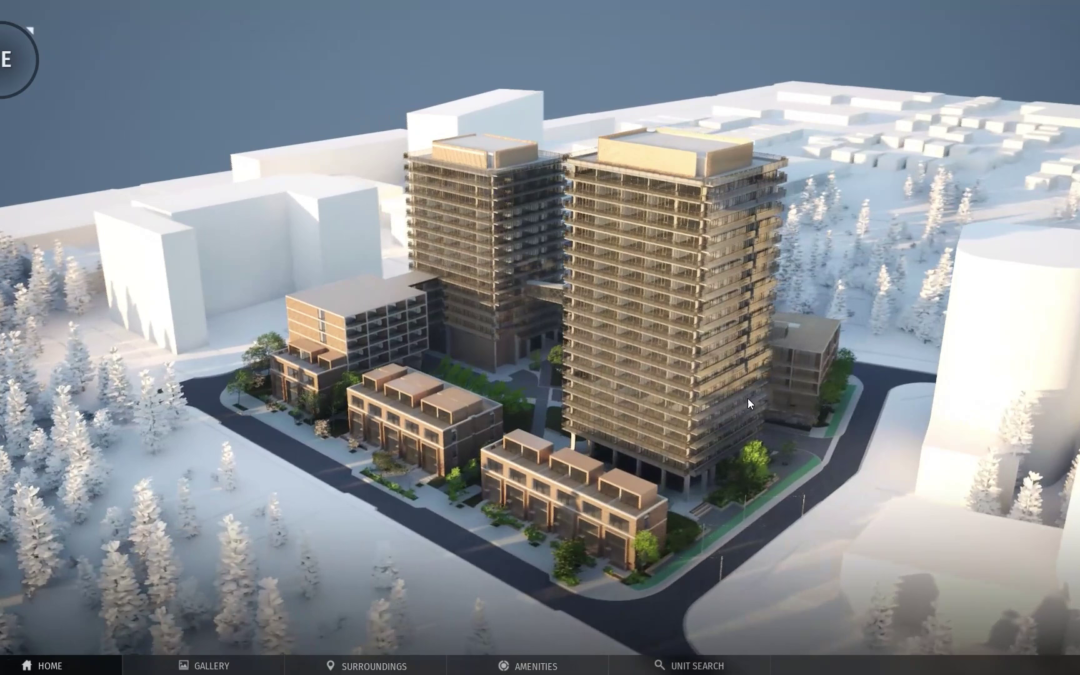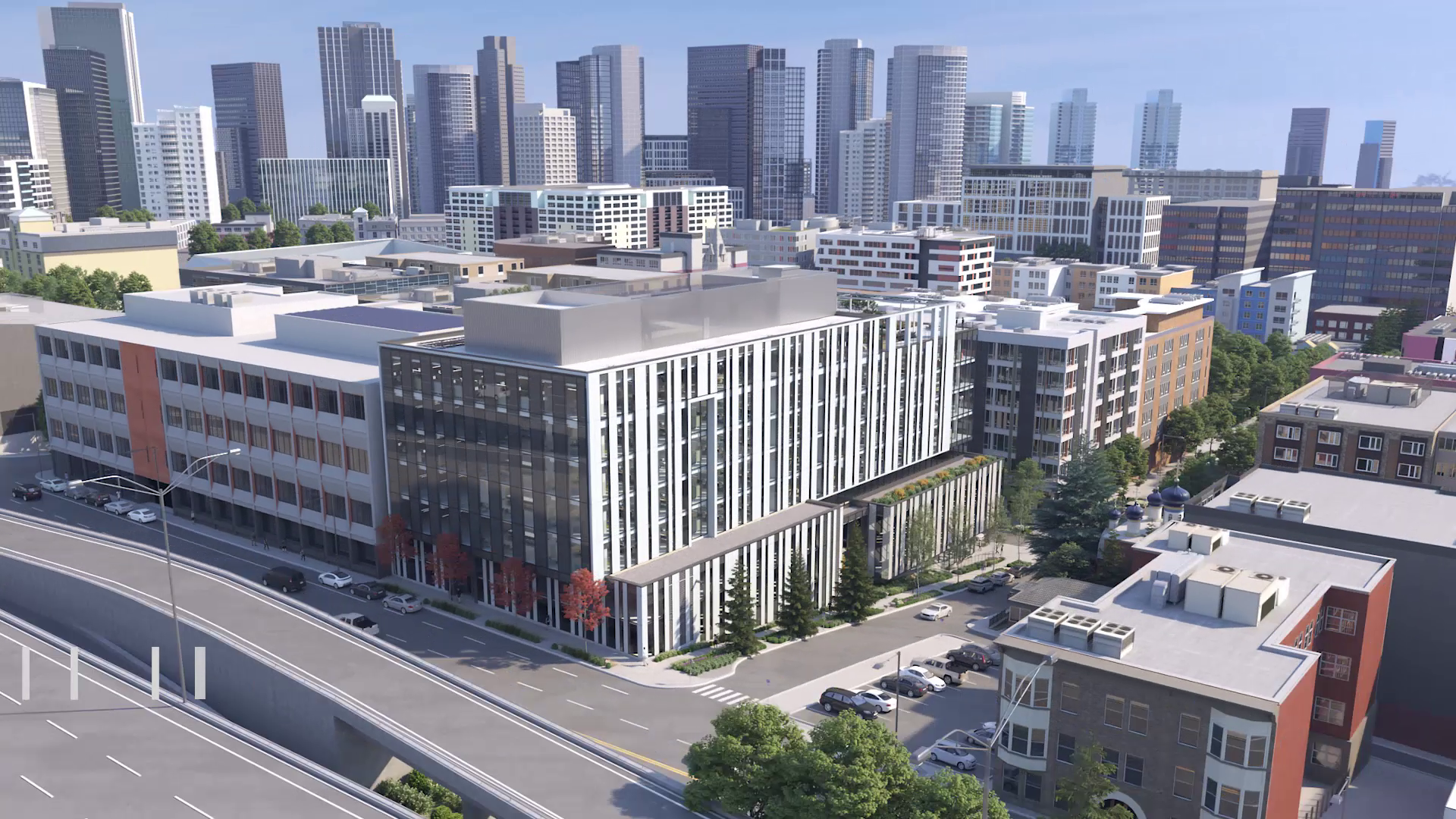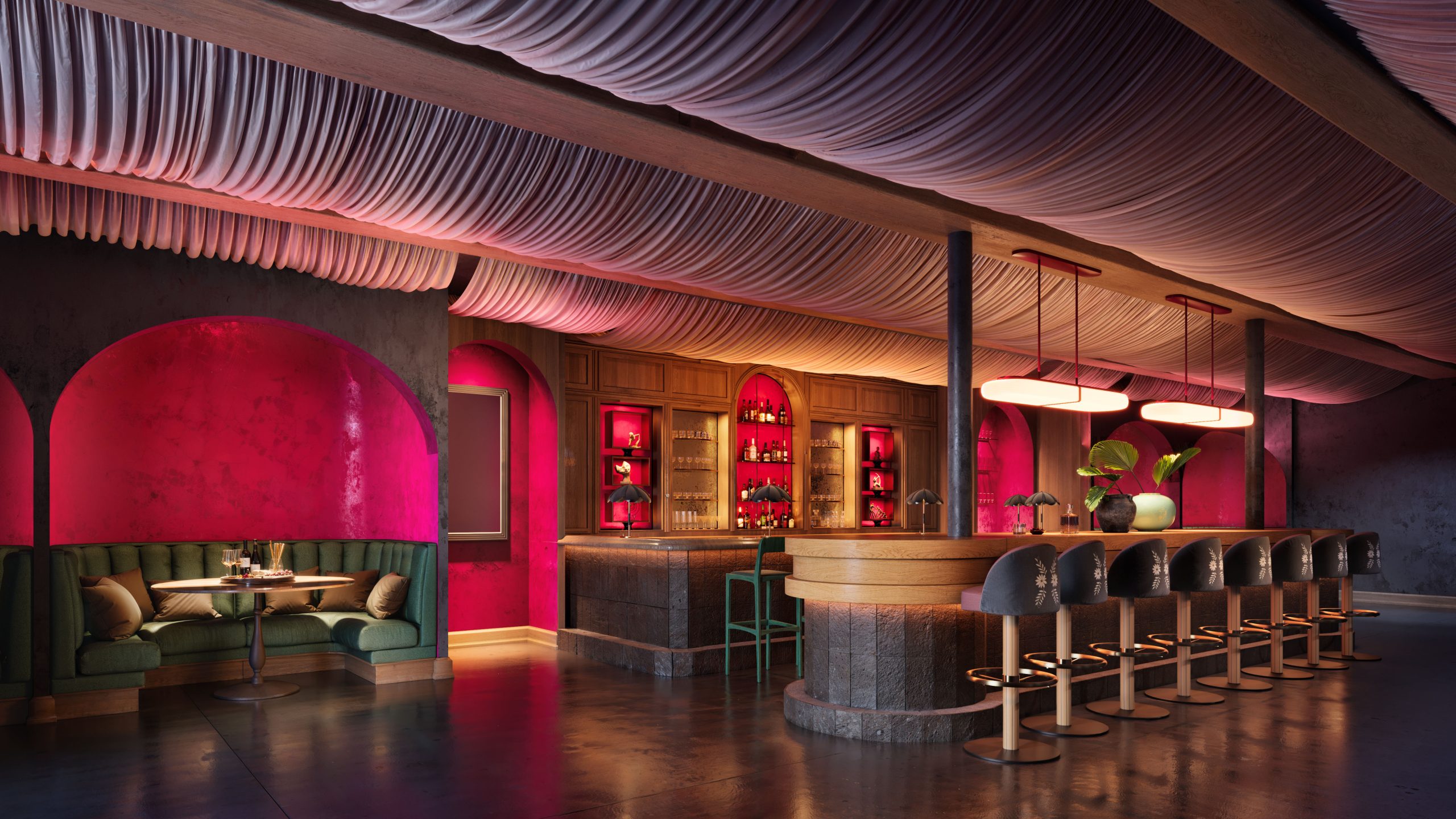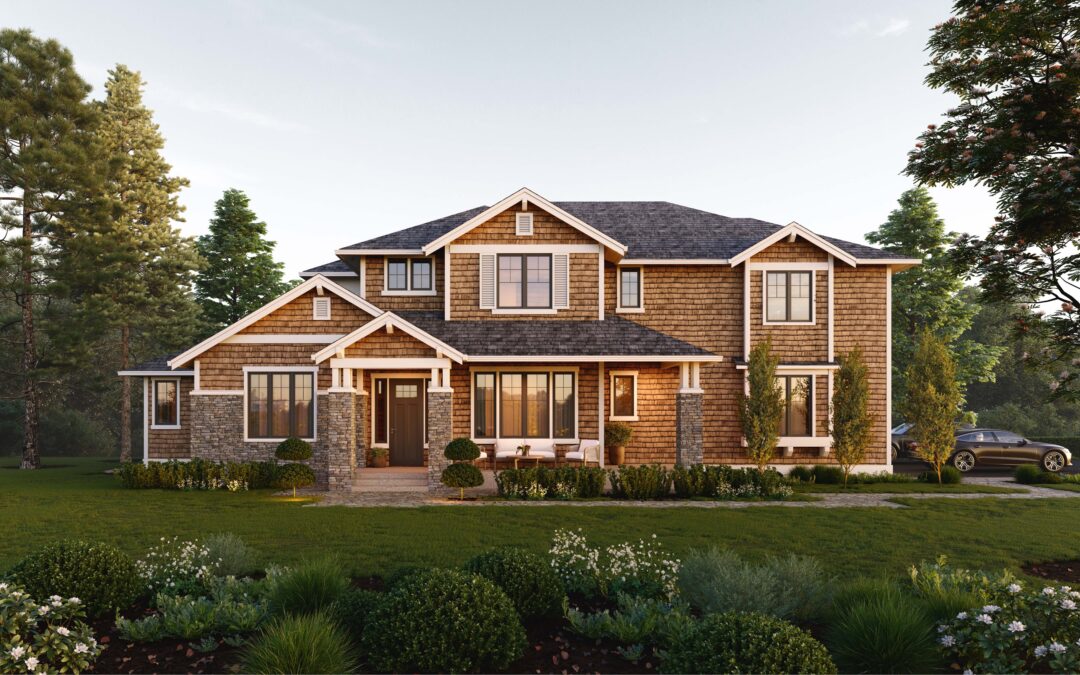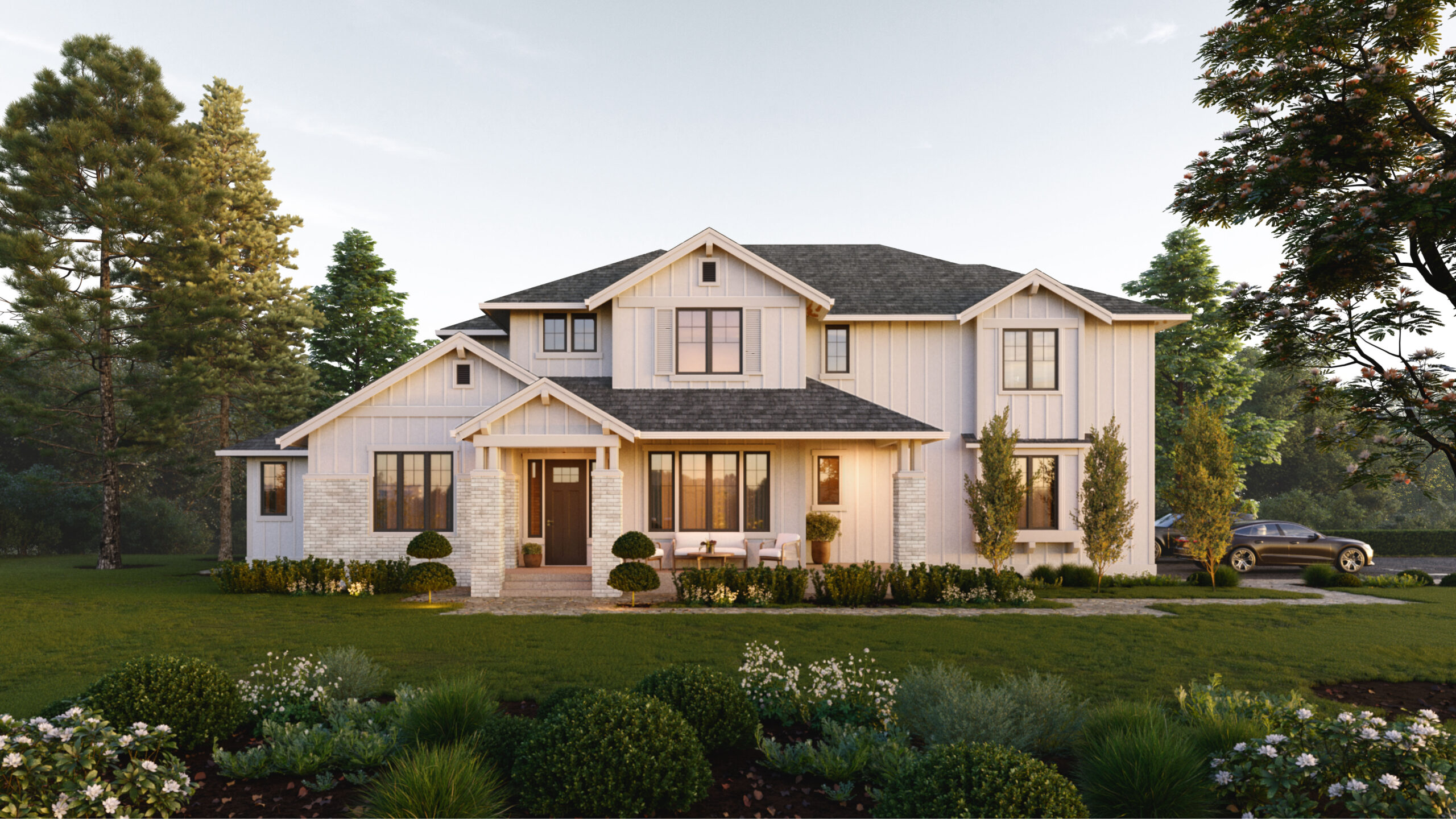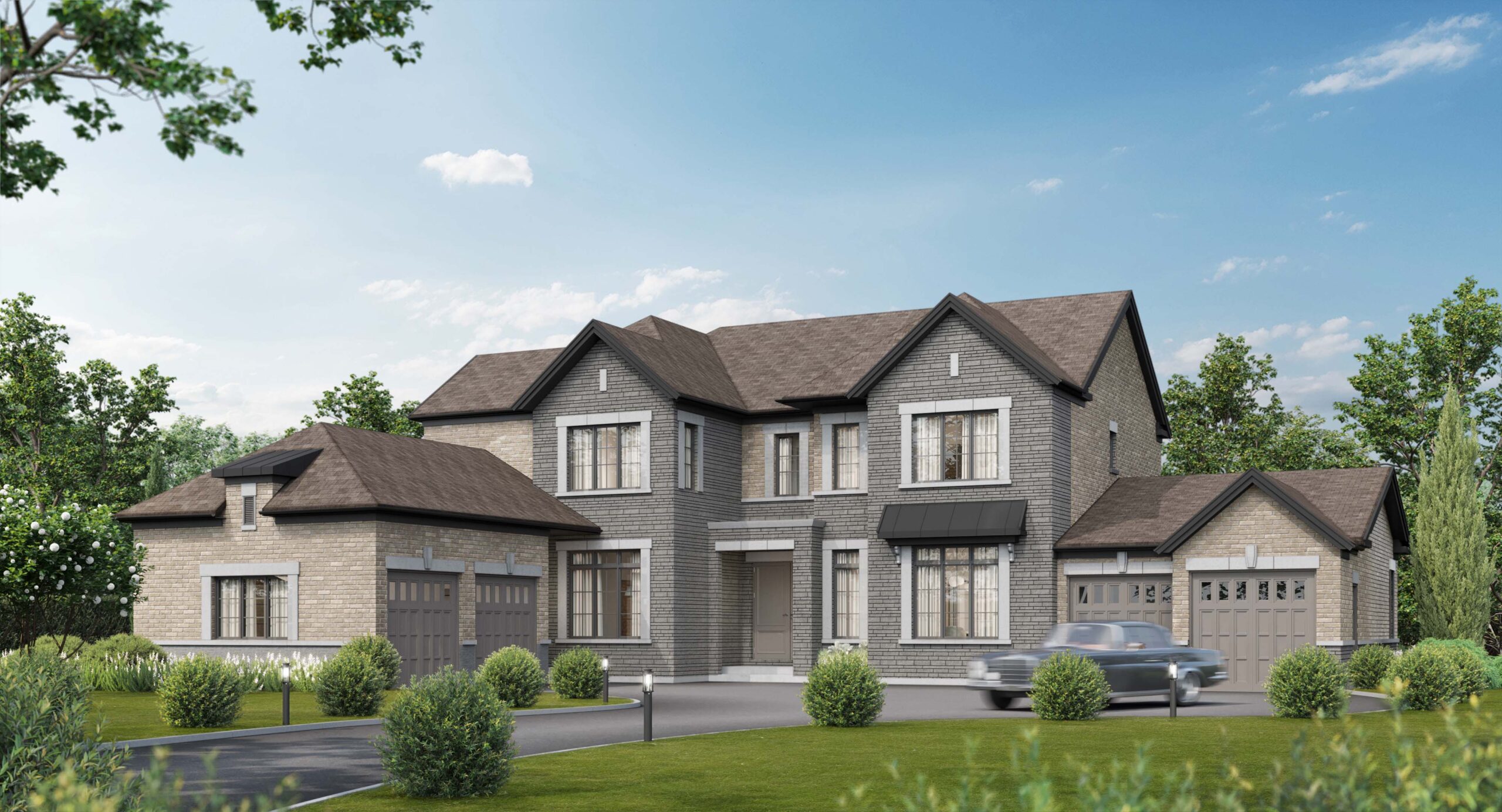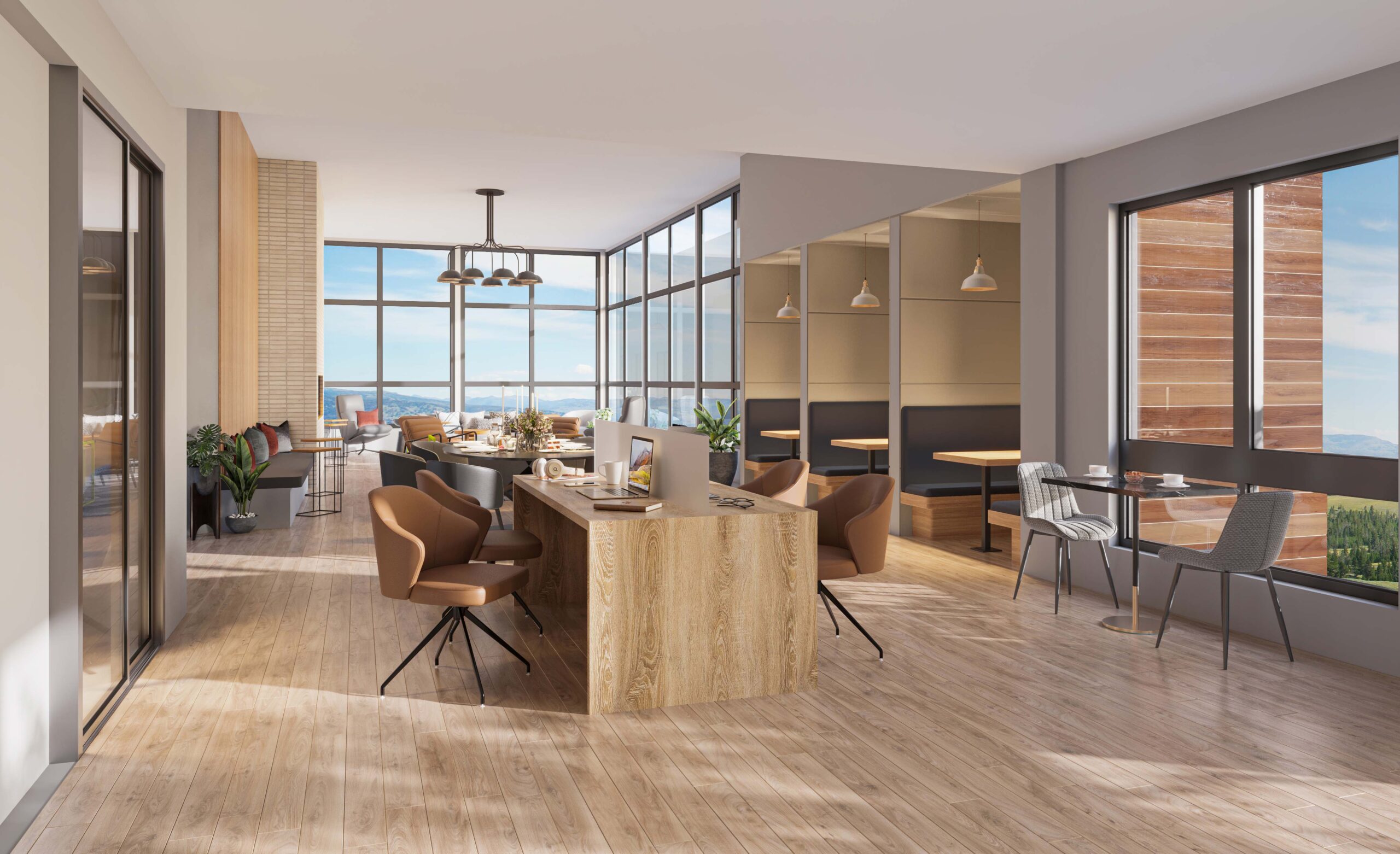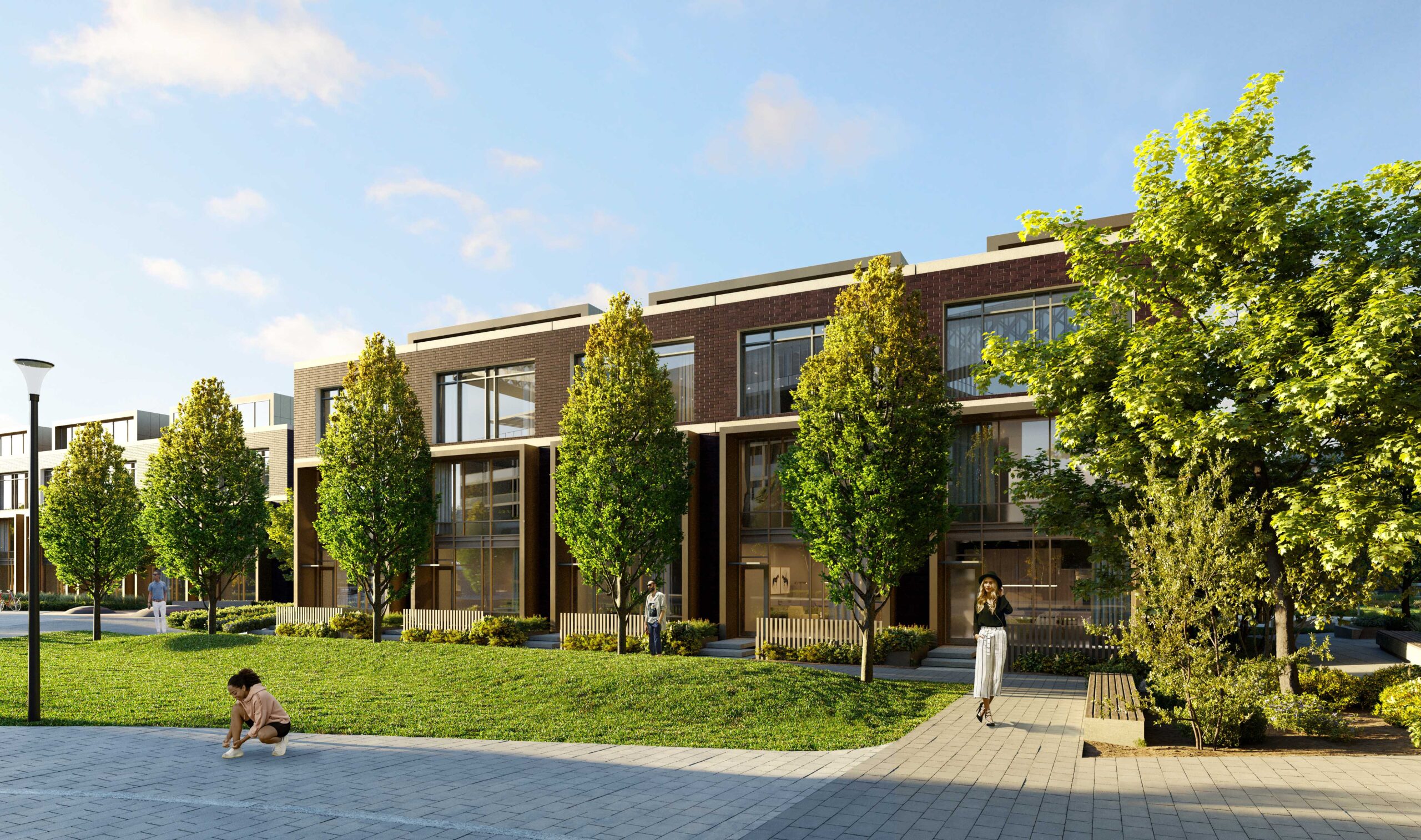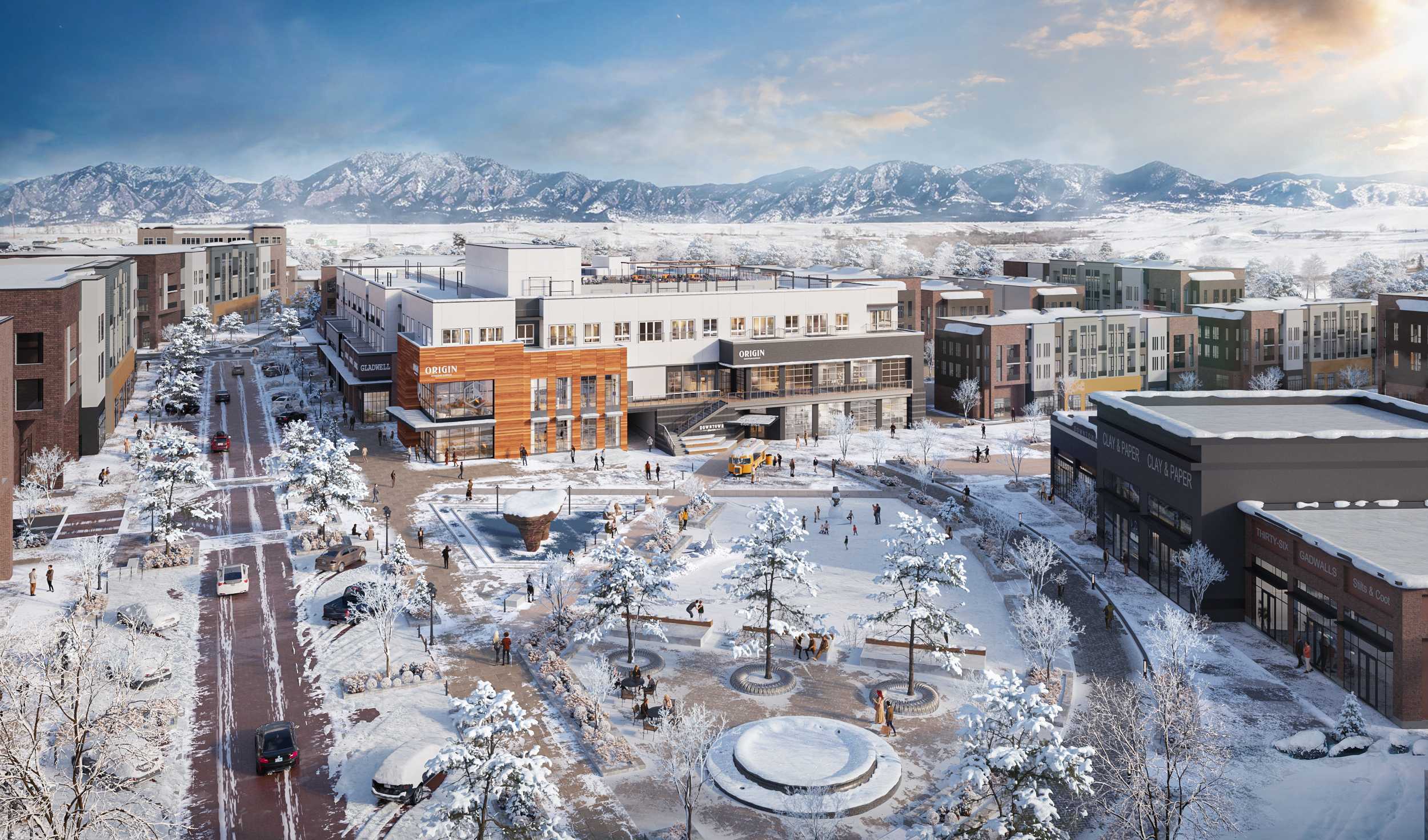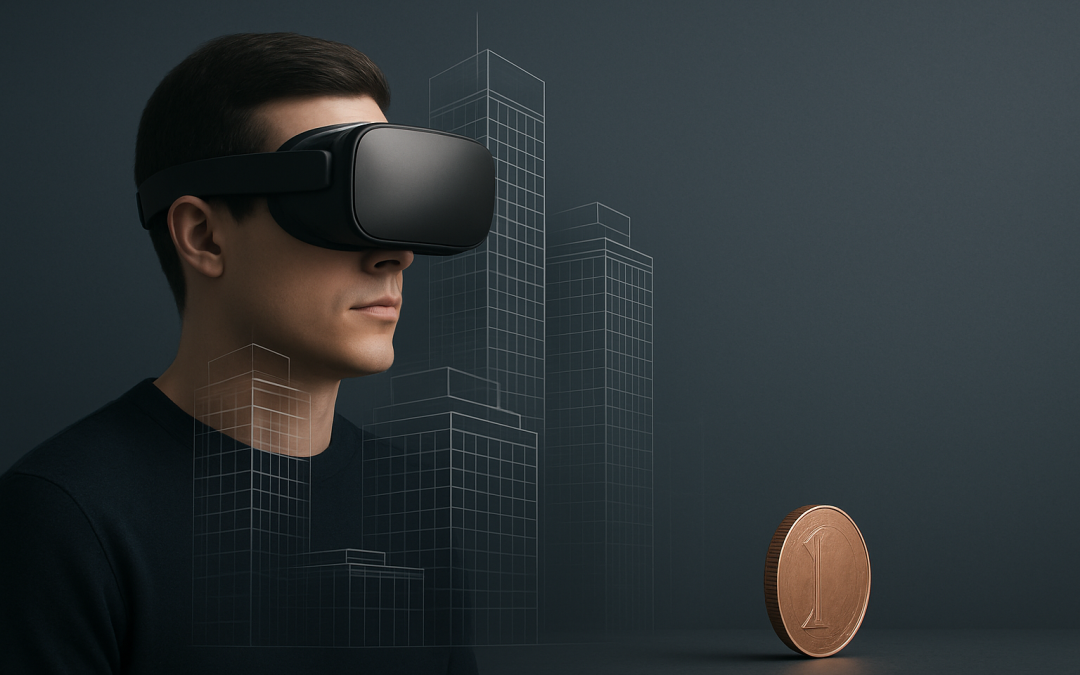
How Much Does a Virtual Reality or AR Experience Really Cost in Real Estate?
Over the last several years, immersive technology has reshaped how real estate projects are communicated, evaluated, and ultimately sold. Virtual reality, augmented reality, and high-fidelity 3D environments are no longer novelties. They have become central tools in the way architects present design intent, the way developers secure capital, the way sales teams engage early buyers, and the way planners evaluate proposals. Yet for all their growing utility, one question continually resurfaces across the industry: What does a virtual tour or AR experience actually cost?
Immersive technology has evolved far beyond traditional architectural visualization, expanding into interactive, real-time environments that help stakeholders understand projects long before construction begins.
It’s a fair question, but there is no single, universal number. The investment depends heavily on the type of asset, the scale of the project, the level of realism required, and the purpose of the experience. A VR walkthrough used to help a family visualize a custom home sits in an entirely different category from an interactive, navigable digital twin of a multi-acre master-planned community. What matters more than the number itself is understanding what drives the costs, and why the investment has become a strategic advantage for so many firms.
As the industry has matured, pricing has stabilized into clear, predictable ranges. Studios across the visualization space, from boutique specialists to enterprise-level providers, tend to cluster around similar benchmarks for similar categories of work. These figures reflect both the complexity of the deliverable and the long-term value the experience produces.
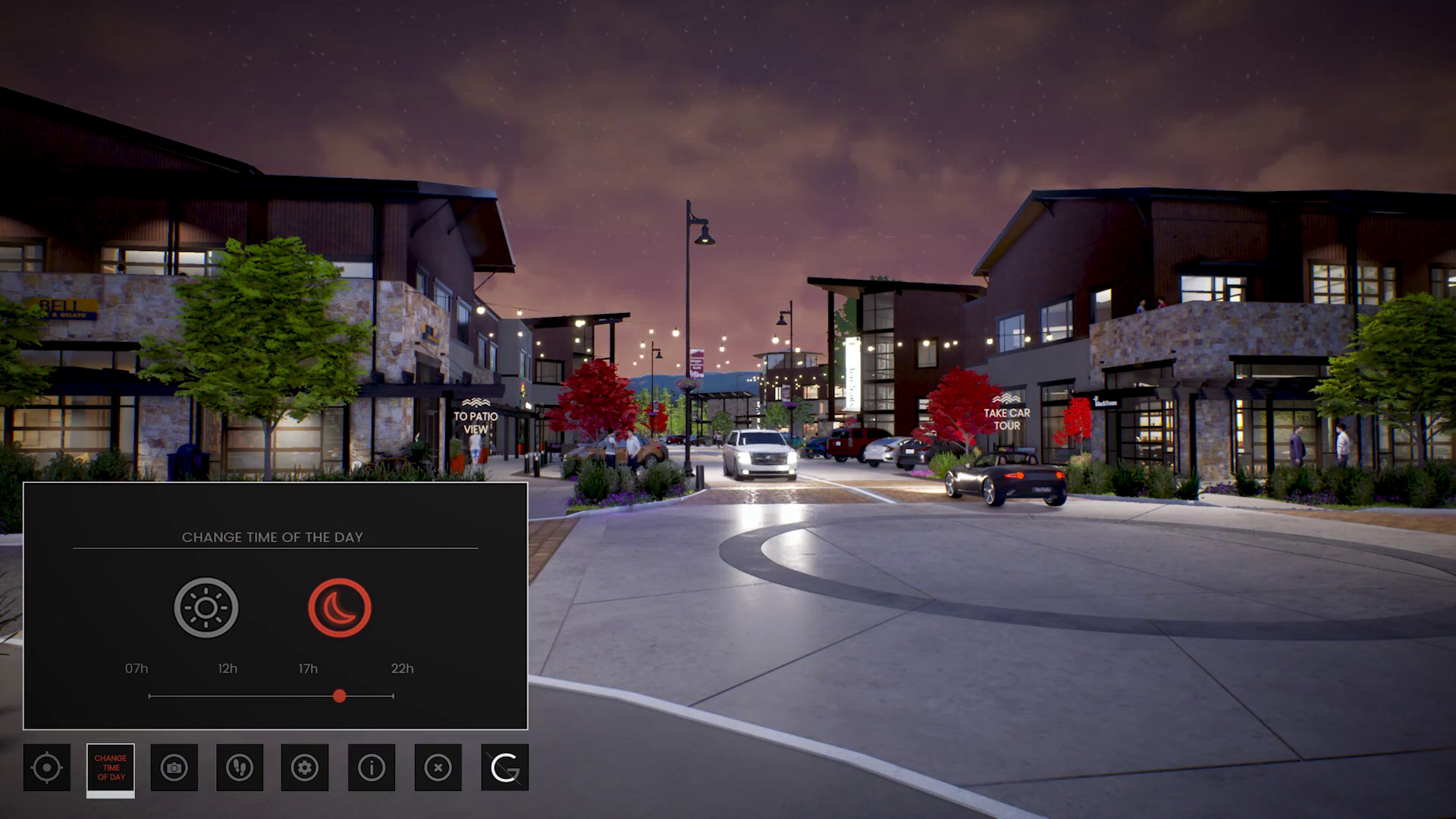
Single-Family Custom Homes (Typical Range: $20,000–$50,000)
Custom homes represent one of the fastest-growing uses of immersive visualization. Homeowners want clarity. Builders want fewer change orders. Architects want alignment before construction begins. That combination has made virtual walkthroughs a central piece of the preconstruction experience. for many builders, these experiences have become more effective than conventional real estate renderings because clients can explore a space in a fully interactive, 3D virtual tour rather than interpreting static images.
Producing an accurate single-family home environment involves modeling every room, material, finish, millwork detail, and lighting condition with enough fidelity that the space feels believable, and more importantly, decisive. Buyers increasingly expect to move through their future home as though it already existed, evaluating circulation, scale, and daylight in real time. Many also want the ability to preview finish packages, alternate flooring, or compare cabinetry colors, which adds an additional layer of interactive logic to the model.
Because of these requirements, high-quality single-family VR and AR experiences typically land in the $15,000 to $50,000+ range across the market. The bottom of that range generally reflects simpler homes with fewer interactive elements, while the upper end accounts for homes with multiple finish schemes, customized interiors, or VR headset optimization. For many builders, the investment quickly pays for itself. Decisions happen earlier. Confusion disappears. Revisions drop. And buyers move forward with greater confidence, often accelerating the sales timeline.
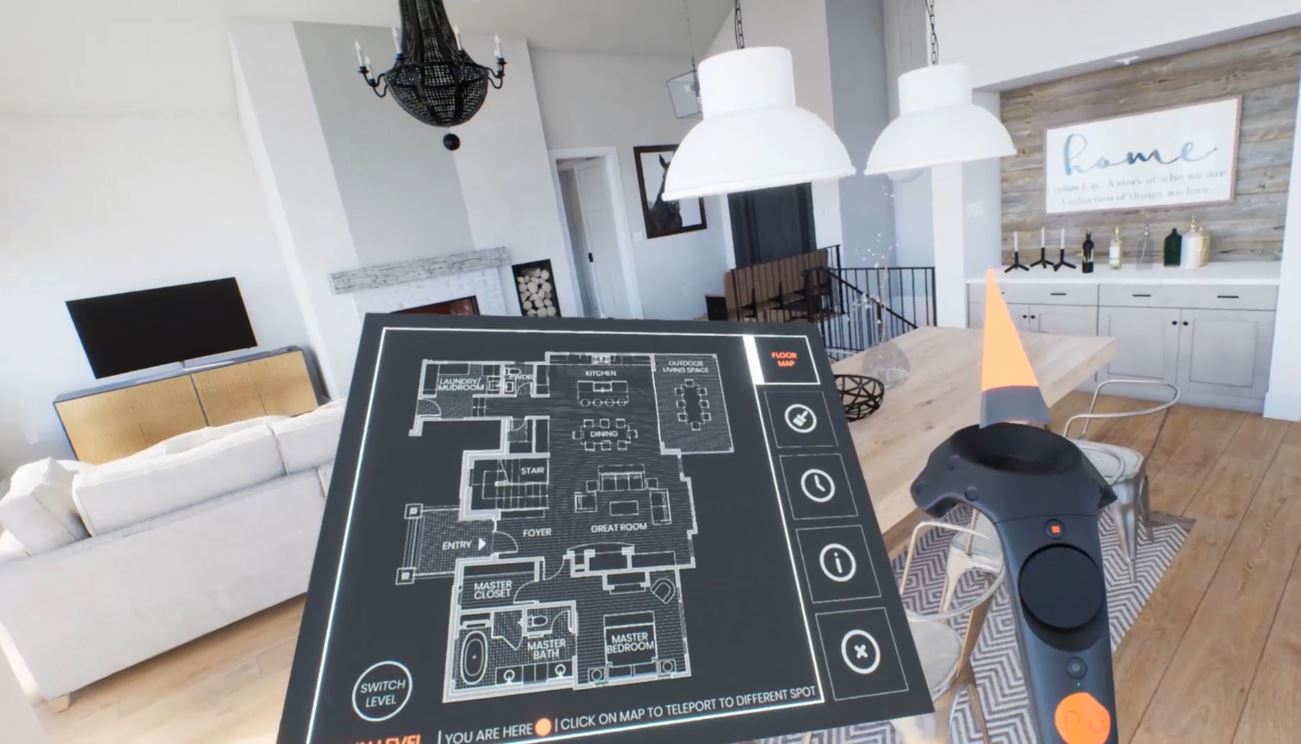
Condominium Pre-Sales and Multi-Unit Buildings (Typical Range: $30,000–$100,000+)
Condo development introduces a different set of demands. Instead of one interior, there may be dozens of floorplans. Instead of a single environment, there are amenity levels, circulation spaces, lobbies, and shared program areas. Pre-sales hinge on a prospect’s ability to understand the entire vertical experience, not just the unit they are purchasing.
To address that, developers rely on interactive tours capable of guiding a buyer through amenity floors, presenting different unit lines, showcasing views at various elevations, and helping them compare layouts without needing to visit multiple staged models. These digital tours also serve as the centerpiece of modern sales galleries, where touchscreen stations, large displays, or VR headsets immerse buyers in the finished building long before move-in.
This shift toward interactive 3D visualization walkthroughs has redefined how multi-unit developments are marketed and has largely replaced older methods of architectural visualization that relied on still images and brochures.
Across the industry, projects of this type typically fall between $30,000 and $100,000+, depending on the number of units, the complexity of amenities, and the degree of interactivity. For larger high-rise buildings or luxury developments with a heavy emphasis on lifestyle branding, the pricing often extends upward due to the level of craft, detail, and consistency required.
The value to developers is substantial: faster absorption, reduced physical staging costs, and clearer early communication with buyers. In competitive markets, a strong virtual experience has become as important as a well-produced render set, sometimes more.
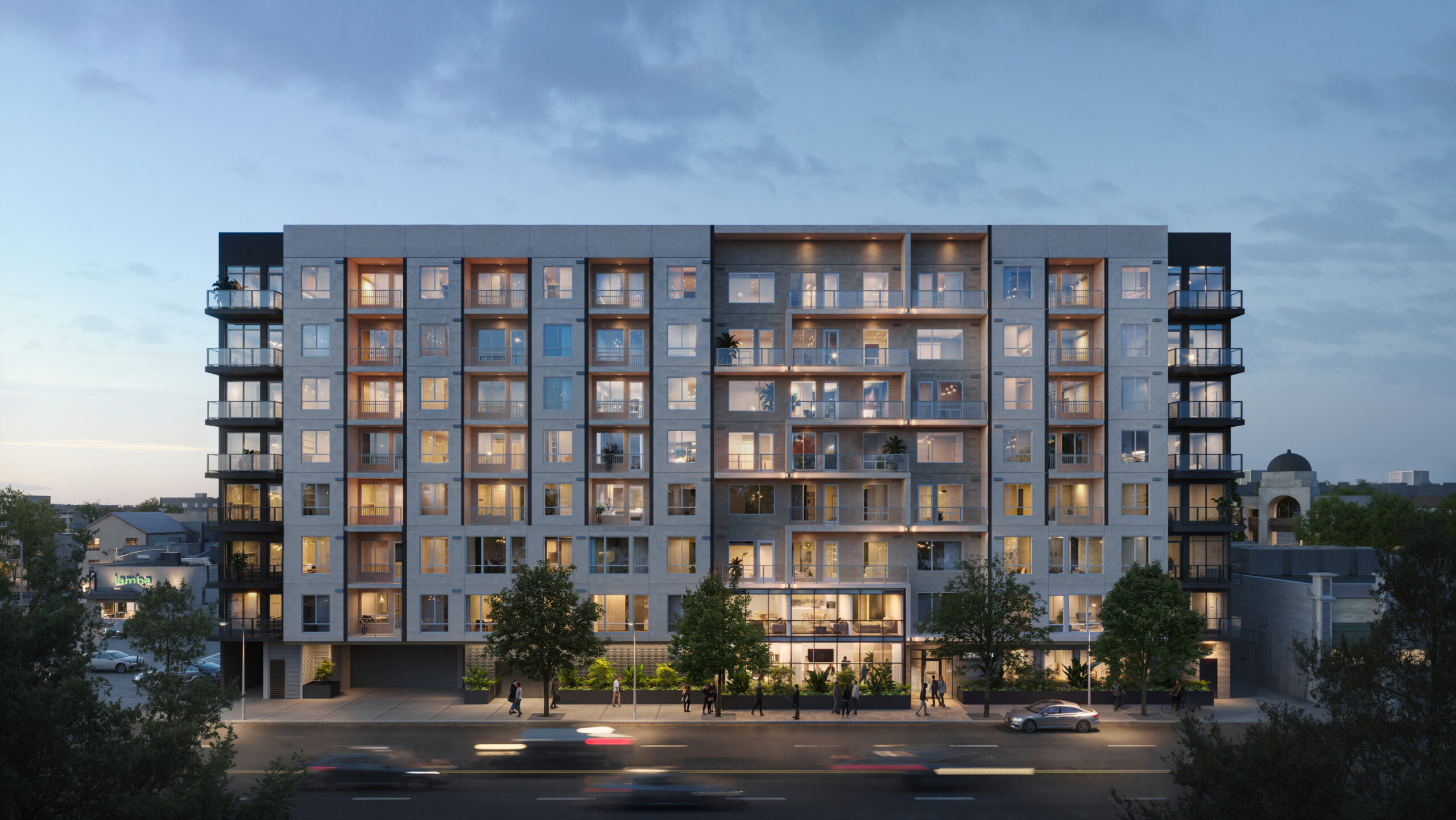
Master-Planned Communities and Digital Twins (Typical Range: $50,000–$150,000+)
At the upper end of the spectrum sit large mixed-use districts, multi-acre neighborhoods, corporate campuses, and entire community master plans. These require an approach that blends architectural visualization with environmental simulation. The experience is no longer restricted to a single structure; it must convey a full ecosystem, streets, plazas, green space, building massing, and sometimes even mobility elements such as pedestrian flow or vehicular traffic. Many studios now rely on Unreal Engine to develop these environments, since it supports real-time rendering, vast outdoor terrains, and the level of fidelity these projects demand.
These digital twins are used for far more than marketing. They become tools for design review, where architects and planners evaluate sightlines, spatial relationships, pedestrian experience, and urban form at scale. They support entitlement processes by giving city councils and public stakeholders a way to understand how the proposal will function and feel. They also serve as persuasive assets during capital raises, offering investors a comprehensive understanding of the development’s vision.
The workload required to produce these environments is considerable, involving extensive modeling, texturing, environmental lighting, and interactive logic. As a result, industry-wide pricing for master-planned visualizations typically ranges from $50,000 to $150,000+, with the higher end reflecting projects that span many acres or require particularly high levels of fidelity.
Despite the investment, these environments often become long-term strategic assets, used across multiple phases of design, communication, and marketing, which makes the cost highly defensible relative to the value delivered.
Augmented Reality Applications (Typical Range: $10,000–$100,000+)
AR tools vary widely depending on what the developer or architect needs the experience to accomplish. Some are built to help a buyer stand on an empty lot and visualize the home at full scale. Others support sales teams by displaying interiors in real space or allowing prospects to toggle materials and furnishings. More sophisticated tools allow users to place entire buildings on-site or navigate future streetscapes during community outreach events.
Because AR projects combine 3D modeling with custom software development, the pricing shifts based on platform (iOS, Android, web), level of interactivity, hardware, tracking requirements, and whether the application needs to integrate with sales-center systems. Most firms producing advanced AR solutions price these tools anywhere from $10,000 to $100,000+.
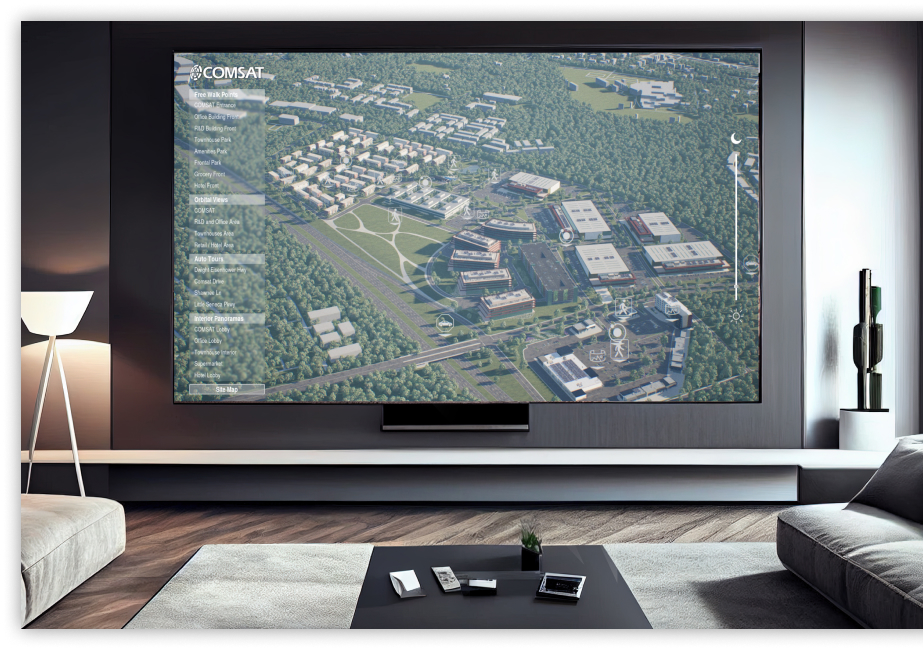
What Actually Drives Cost?
Although each category has its own benchmark, a few consistent factors shape every estimate in the industry.
Scale is always the largest driver. A project that requires dozens of unique interiors will naturally demand more time than a single-home environment. Complexity follows closely behind; high realism requires greater attention to materials, lighting, and spatial nuance. Interactivity has a meaningful impact as well, since every option a user can toggle demands its own logic and testing. Platform also matters, as VR headsets, web browsers, and mobile AR each impose their own optimization requirements.
Timeline can influence cost, especially when projects require rapid delivery for pre-sales deadlines, investor meetings, or entitlement cycles. And finally, the number of deliverables, such as still renderings, animations, and alternate lighting passes, can shift the overall scope.
These factors don’t just affect price; they also affect the project’s long-term usefulness. The more comprehensive the model, the more ways it can be deployed across design, marketing, capital raising, and public engagement.
How Long Does Production Take?
Timelines fluctuate with scope. Single homes are generally completed in a matter of weeks. Condo buildings typically require a 4-12 weeks. Master-planned digital twins often stretch across multiple seasons due to iterative design cycles and the sheer volume of elements involved. AR applications fall somewhere in the middle, depending heavily on software requirements.
What matters most is aligning the timeline with project milestones. Visualization is most powerful when integrated early, not added as an afterthought.

Why Developers and Architects Continue to Invest
The logic behind the growth of immersive visualization is simple: it reduces uncertainty. When buyers, city officials, designers, and investors can experience a project long before it’s built, the entire development process becomes clearer and more collaborative.
Custom home clients make decisions earlier. Condo buyers commit with confidence. Planning teams catch issues before they become expensive problems. Investors understand the opportunity without wading through dense documents. Public stakeholders feel included rather than intimidated. And developers move through each phase of the project with fewer surprises.
These benefits compound. They shorten sales cycles, reduce risk, and compress the time between vision and execution. It’s no coincidence that immersive technology has become standard across forward-thinking real estate groups.
Final Perspective
There is no universal price for a virtual tour or AR experience, because no two projects demand the same level of detail or serve the same purpose. But industry benchmarks offer clarity. Most custom home walkthroughs fall between $20,000 and $50,000. Condo projects typically range from $30,000 to $100,000 or more. Master-planned digital twins begin around $50,000 and climb based on scale. And AR applications span a wide band depending on functionality.
What matters is not simply the number, but the value these tools bring across the development cycle. Immersive visualization is no longer a luxury reserved for headline projects. It is a strategic advantage, one that accelerates sales, strengthens design intent, improves communication, and elevates every stakeholder’s understanding of the built environment.
As real-time engines such as Unreal Engine continue to evolve, the gap between digital and built environments will only get smaller. If you’re exploring VR or AR for an upcoming project, the right partner can help determine the level of detail, the appropriate platform, and the investment that aligns with both your goals and your timeline. In a landscape where clarity drives momentum, immersive visualization has become one of real estate’s most reliable catalysts for progress.
Contact us today to see a live demo or to discuss how we can help bring your next development to life. The future of architectural visualization is here, and it is designed to move your projects forward.

